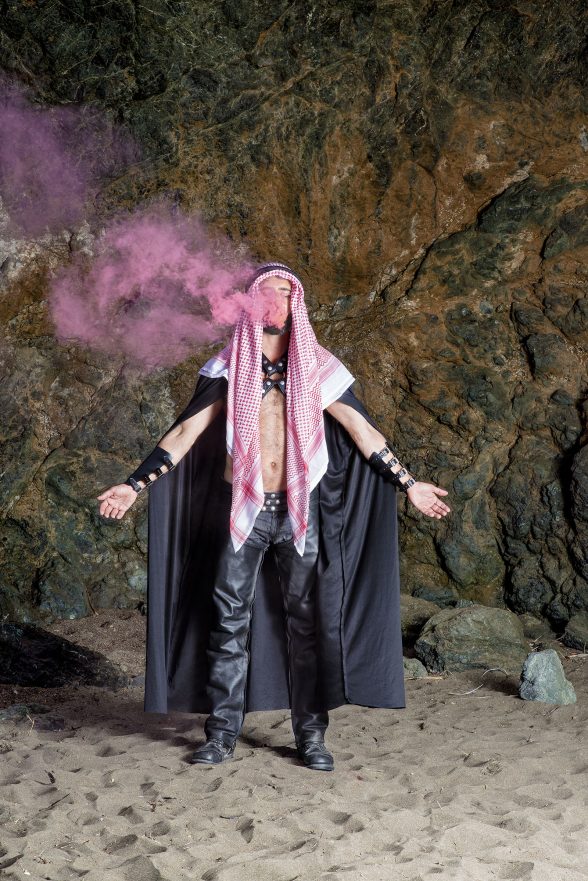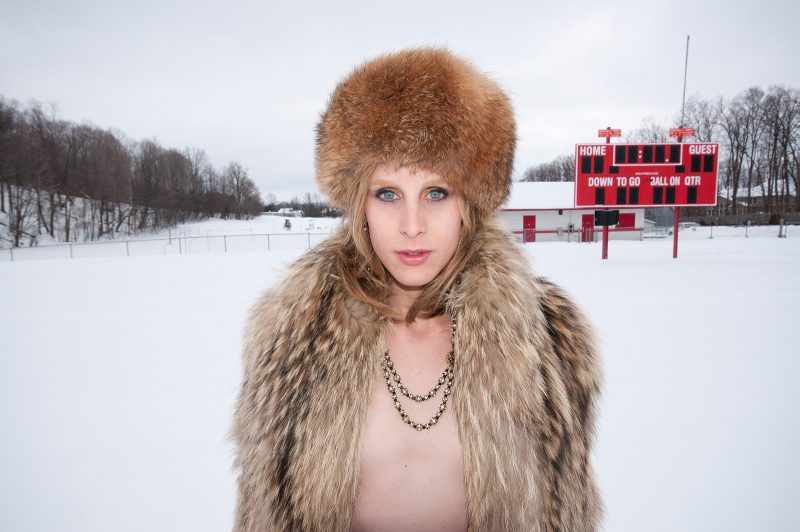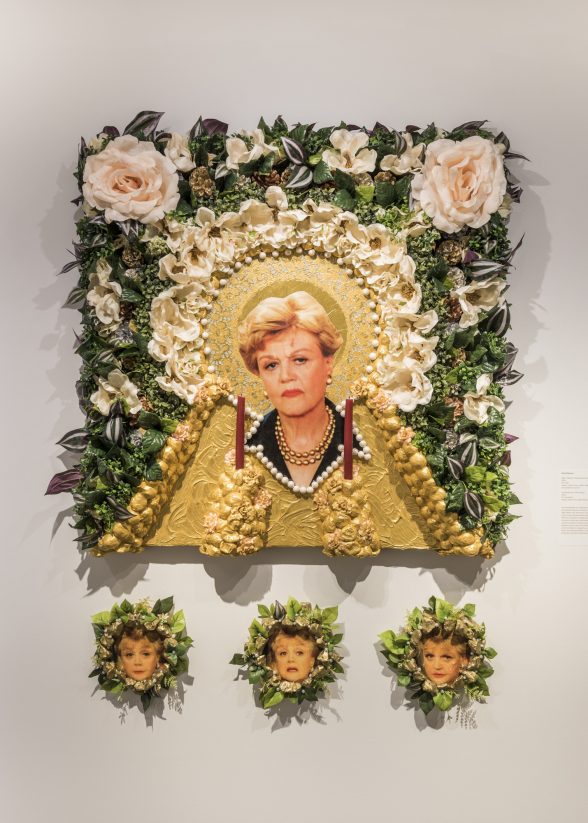Legislation approving same-sex marriage was long held as the gold standard for LGBTQ rights by the media. This milestone was officially enacted by the powers-that-be in all fifty states only two years ago. Celebrated by many and scorned by some, same sex marriage is undoubtedly a step forward for human rights. It is also worth considering what this newfound normalization of queer culture within a heteronormative and patriarchal society means for those who identify otherwise.
Just as racism far from disappeared after the election of Barack Obama, attitudes about queer sex, love, and gender certainly didn’t do a U-turn when the legal status of gay partnerships changed. Caught between persistent transphobic and homophobic agendas at home and abroad, and an often palpable process of normalization, the current social climate is uniquely situated between progress and repression.
Cultural encounters with queerness may be more casual than ever, but how does this mainstream acceptance affect the diverse and nuanced communities that often get clumped beneath the rainbow flag?
Jordan Rockford, curator of the exhibit Where We Find Ourselves, which debuted at Penn State Abington, and is currently on display at the Gershman Y, has sought to dig past the pop cultural façade and interact with the raw experiences of queer and transgender artists on their own terms.

Floating boundaries
The ebb and flow of cultural understanding is probably familiar to anyone in the position of sexual or gender-related otherness, and thus the drive to form their own identity and assert their place is critical to representation and survival. Jamil Hellu understands these dichotomies well, and illustrates their murkiness with a piece entitled “Smoke.” As a gay man from an Arabic background, Hellu is forced to confront the conflict between these two identities, the prejudices faced by individuals from either community, and also surprising crossovers. “Smoke” is a lenticular print, morphing from one image to another depending on the viewer’s perspective. A man stands against a rocky backdrop wearing a red and white-checkered keffiyeh and flowing white thawb as a plume of thick, pink smoke pours from his mouth. His outstretched arms and closed eyes give the impression of mysticism or meditative bliss, bestowing the image with a certain paranormal opacity.
Move slightly to either side, however, and suddenly the figure is draped in a black cape, leather chaps, gauntlets, and a crisscrossed bondage harness. Standing in the exact same position, he looks like he stepped right out of your local leather bar. The smoky, pink exhalation dissipates around the man’s head, paralleling the soft, red hues of the keffiyeh and its flowing fabric. Hellu’s rosy respiration indicates his search for breathing room in his precarious spot, while the long, white Arabic attire both echoes–and could easily conceal–the bondage outfit beneath. How many queer people abandon their ethnic identity to some degree in favor of their sexual identity, and behind how many traditional exteriors lie queer individuals? Hellu’s double image points squarely to this disharmony.

Home and away
Zackary Drucker, a trans woman, and Amos Mac, a trans man, were relative strangers when they began to collaborate. In a photo from their series “Distance is where the heart is, home is where you hang your heart,” we confront Drucker head-on in the wintry landscape of her childhood home of Syracuse, New York. Standing in the chilly exterior of a snow-covered football field, Drucker sets out to revisit the places of her youth on her own terms. Her gaze is direct, and her appearance is stark–icy eyes, smooth, pale skin, and a fur coat and hat combo make for a severe, yet intimate presence.
With the overt masculinity of the sports venue coated in a delicate white, the testosterone of the location seems muted, and its emptiness and silence belie its purpose. Drucker, on the other hand, appears very much like the snow itself, while the hair of her garments gives the impression of the maleness she subverts. The scoreboard in the background reads “HOME” and “GUEST” indicating Drucker’s return to the place she was raised. Having come into her own, she is merely a visitor here now; time has passed, and any former lives, like the field she stands in, are muffled and obscured. As much as identity can be a product of circumstance, it is primarily a question of self creation. (Ed. note: Drucker’s video “Lost Lake” made a memorable appearance in the group show, Quadruple Consciousness, at Vox Populi in 2010. Read the review by Roberta here.)
Ryan W. Kelly’s video initially finds him as Diogenes the Cynic, lantern held aloft, seeking an honest man. Kelly’s jaunt as a cynic takes an abrupt turn as he also appears as a pesky moth with enough gall to flutter around the infamously intractable philosopher. Christopher Hartshorne–Kelly’s partner–plays the flickering flame, and amidst a ridiculous vocal soundtrack of primal grunts, elated squeals, and half-baked, hummed melodies, Kelly-the-moth predictably flies right into the fire and his inevitable demise.
Saints and sacred groves
This farce, which is indicative of intrinsic desire, as well as the search for authenticity, is very much at odds with although not unrelated to the more subdued images of Chad States. Photos of outdoor locations where gay men cruise for anonymous sex might strike some as shady and problematic, but States presents them, through documentary photos, as lush and sublime. The encounters may be quick, but the release is as much a biological urgency as it is a compelling form of sexually deviant romance. The locations are sacred spaces designated by and for a very specific segment of the population. As an anathema to the prevailing consciousness, they remain hermetically sealed sanctuaries within an unsympathetic environment.

The exhibit ultimately comes to rest at the botanical shrine Brice Peterson has built for Angela Lansbury and her role as Jessica Fletcher on the show “Murder She Wrote.” In a marginalized cultural landscape, especially during the 80s and 90s during the height of the AIDS epidemic, it was necessary to impose queer identity on the aspects of a society that were largely devoid of these representations. Lansbury serves not only a transgressive feminine embodiment of righteousness and intuition, but also as a campy patron saint of the queer struggle at a time when few icons of this kind existed.
Until such time as the means of cultural production and prevailing social attitudes have integrated the wide range of sexual and gender realities, it will be necessary for cutting edge artists, curators, thinkers, and provocateurs to take the reins and steer the discourse. Jordan Rockford places the artistic visions in Where We Find Ourselves squarely in the present amidst increasing acceptance and appropriation of queer culture, as well as simultaneous sustained assaults in places as far away as Chechnya and as close as America’s new authoritarian right. By facing these artists on their own terms, as cliché as it may sound, we can come to better understand how they are similar to, and different from, ourselves. If we travel with Chad States to the refuge of a cruising spot without judgement, we’ve come a step closer to this awareness; if we understand the need for Jamil Hellu’s dual disguises, we’ve come closer yet; and if we look long into Zackary Drucker’s unblinking eyes, we have almost arrived.
Where We Find Ourselves, Curated by Jordan Rockford, is on view In the Open Lens Gallery at the Gershman Y until May 12.









